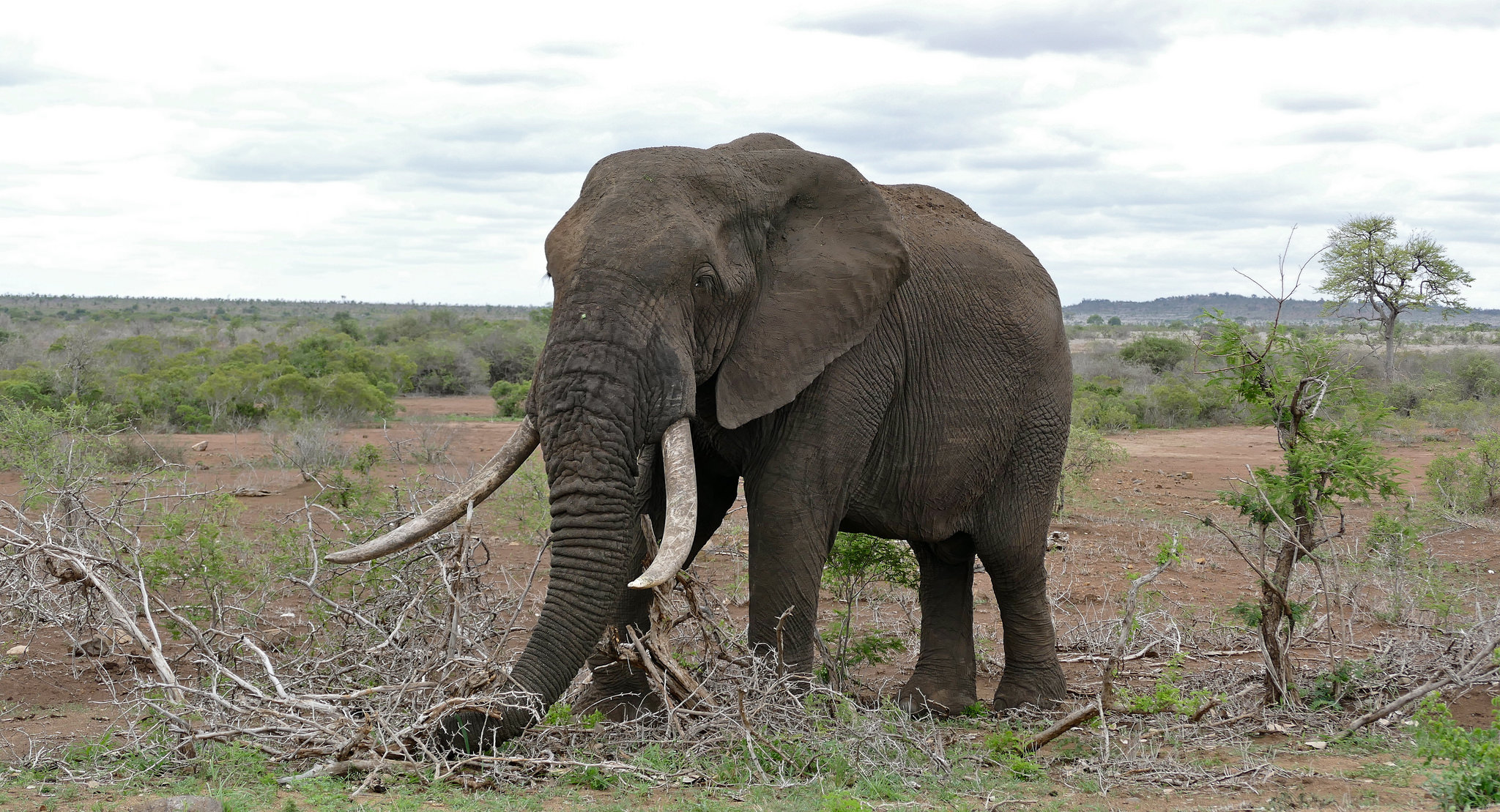
The iconic tusked elephant may soon be a thing of the past, say researchers. Male African elephants’ tusks are smaller than in the past, and many females are missing them altogether due to years of intense poaching pressure.
Because individuals with the largest tusks have been targeted by poachers for so long, their genetics are becoming less prevalent in the population.
One study by Duke University and Kenya Wildlife Service revealed that survivors of periods of heavy poaching had tusks that were nearly a fifth smaller in males and a third smaller in females.

Joyce Poole, elephant behavior expert and founder of Elephant Voices, recently told National Geographic that 32 percent of the female elephants born in Mozambique Gorongosa National Park are tuskless. This, she says, is a result of a 15-year civil war that resulted in the poaching deaths of 3,800 of the 4,000 elephants in the park.
And Mozambique isn’t the only country experiencing this trend. Nearly all of the 174 females in South Africa’s Addo Elephant National Park are reportedly tuskless, for example.
Elephants use their tusks for important tasks such as digging holes for water and minerals, and removing bark from trees to consume for fiber. Scientists aren’t sure how the animals’ lack of tusks will affect populations and ecosystems in the long run.
Poachers have slaughtered nearly one-third of Africa’s elephants in the past ten years alone to fuel the demand for ornamental ivory trinkets in Asia. It’s estimated that 100 African elephants are killed every day for their ivory, meat, and body parts.




